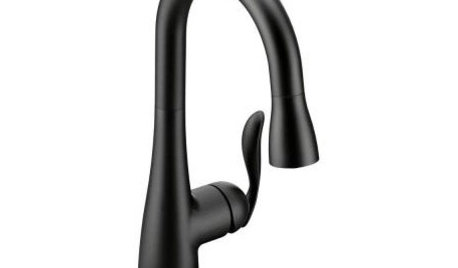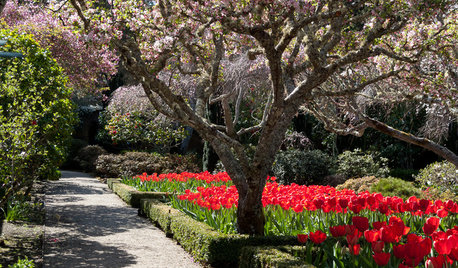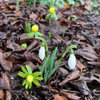when can I mow down my tulips?
matthew18
13 years ago
Related Stories

LIFEThe Polite House: How Can I Tell a Construction Crew to Pipe Down?
If workers around your home are doing things that bother you, there’s a diplomatic way to approach them
Full Story
HOUSEKEEPINGAnother Independence Day: When Kids Can Do Their Laundry
Set yourself free and give your child a valuable life skill at the same time
Full Story
PRODUCT PICKSGuest Picks: 19 Kitchen Upgrades for When You Can't Afford an Overhaul
Modernize an outdated kitchen with these accents and accessories until you get the renovation of your dreams
Full Story
STUDIOS AND WORKSHOPSYour Space Can Help You Get Down to Work. Here's How
Feed your creativity and reduce distractions with the right work surfaces, the right chair, and a good balance of sights and sounds
Full Story
PLANTING IDEASEasygoing Tulip Ideas From a Grand California Garden
Gather up these ways to use tulips to make a spring garden of any size overflow with beauty
Full Story
FURNITUREMust-Know Furniture: The Tulip Chair
An iconic 1950s chair with the simplicity of a flower is still the chair of today
Full Story
REMODELING GUIDES5 Ways to Protect Yourself When Buying a Fixer-Upper
Hidden hazards can derail your dream of scoring a great deal. Before you plunk down any cash, sit down with this
Full Story
REMODELING GUIDESAsk an Architect: How Can I Carve Out a New Room Without Adding On?
When it comes to creating extra room, a mezzanine or loft level can be your best friend
Full Story
CONTRACTOR TIPSBuilding Permits: When a Permit Is Required and When It's Not
In this article, the first in a series exploring permit processes and requirements, learn why and when you might need one
Full Story









alina_1
matthew18Original Author
Related Professionals
Cottonwood Landscape Architects & Landscape Designers · Salisbury Landscape Architects & Landscape Designers · Bedford Heights Landscape Contractors · Bell Gardens Landscape Contractors · Boca Raton Landscape Contractors · Cornelius Landscape Contractors · Damascus Landscape Contractors · Edinburg Landscape Contractors · Fuquay-Varina Landscape Contractors · Melrose Landscape Contractors · Milford Mill Landscape Contractors · West Orange Landscape Contractors · Irvington Landscape Contractors · Northlake Landscape Contractors · North Hills Landscape Contractorsalina_1
christine1950
ken_adrian Adrian MI cold Z5
gardengal48 (PNW Z8/9)